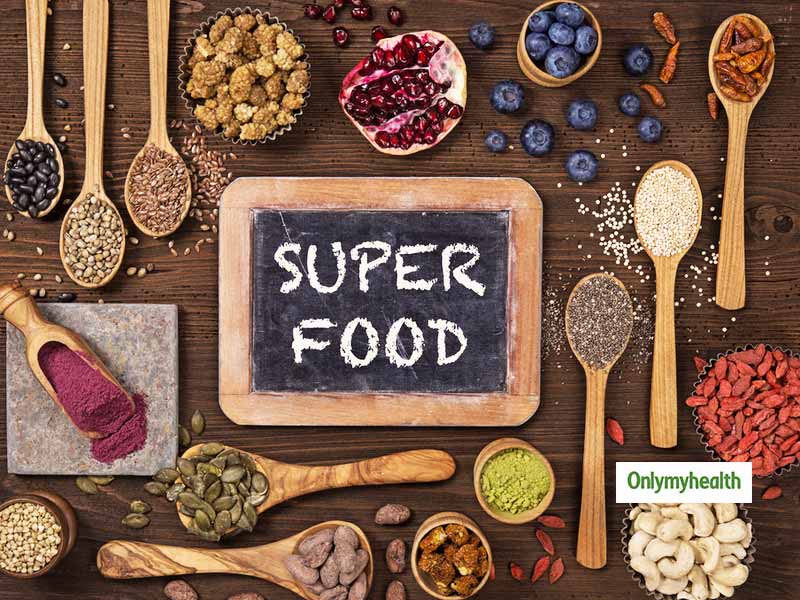
They say sitting is the new smoking. Everyone eats, drinks, smokes and sits. No one gets up and gets moving. Sedentary lifestyles, obesity have all become part and parcel of human existence. Activity and movement have taken the backseat. And what happens when activity is relegated to the non-important part of our day? We develop ailments. They begin slowly but steadily. Creeping in, taking over. It starts with a simple pain in the lower back, then the shoulders, the neck. Soon our head feels heavy. Our chest hurts. We feel weak and lazy most of the time. We can’t focus. Our entire body feels sluggish. And this is everything we ‘feel’. Imagine what all is going on that we can’t see, feel, immediately? What is happening inside our body which we are not privy to because it doesn’t ‘hurt’ yet?

Also Read: Tackling the Sedentary Lifestyle: 64% of Indians Say They Don’t Exercise
With this context, I introduce you to one of the most significant side effects of the sedentary lifestyle –heart ailments. Heart attacks, heart failure, plaque formation, clogged arteries, hypertension, among other heart-related diseases are the leading cause of mortality. Now let’s be honest. Exercise is not everyone’s cup of tea. While I cannot stress and emphasize how important it is to exercise, I also realize that sometimes it is not possible. To combat this, there are several food items, which should be must-included in the diet. Following are 12 food items that one must include in their diet:
- Berries: contain anthocyanins, which can help reduce blood pressure
- Bananas: contain potassium, which plays a vital role in managing hypertension. Avocados, cantaloupe and honeydew melon, halibut, mushrooms, sweet potatoes, tomatoes, tuna and beans are also rich in potassium
- Beets: contain high levels of inorganic nitrate which allow for a reduction in blood pressure
- Dark chocolate: chocolate with a high cocoa content reduces blood pressure in people with hypertension or prehypertension

- Kiwis: rich in vitamin C, which may significantly improve blood pressure
- Oats: contain a fibre called beta-glucan, which reduces blood cholesterol levels. Beta-glucan may also lower blood pressure
- Leafy green vegetables: eating 1 - 2 servings of nitrate-rich vegetables every day can reduce hypertension for up to 24 hours
- Garlic: Garlic directly affects the nitric oxide levels of the body and also is an antibiotic and antifungal food item. Garlic is a must to be had in winters for it provides the required warmth to the body.

Also Read: Your Sedentary Lifestyle Is Making You Prone To Coronary Artery Disease: Says Dr. Ashwani Mehta
- Lentils and pulses: An excellent source of vegetarian protein and fibre, lead to decreased levels of blood pressure and cholesterol
- Cinnamon: Even for a short period, cinnamon helps in controlling blood pressure to a great extent.
- Green Tea: Green Tea is loaded with antioxidants which can prevent cell death and ageing by targeting free radicals in the cell
- Chia Seeds: It’s a plant alternate to fatty fish and has the highest amount of Omega 3 fatty acids available thus reducing triglycerides, it’s also rich in Magnesium, calcium, fibre which are beneficial for heart
Authored by Dr Udgeath Dhir, Director and Head Cardiac Surgery Fortis Memorial Research Institute
Read more articles on Healthy Diet
Read Next
Know Your Plate: Winters Are Incomplete Without Indulging In Carrot Halwa But Mind The Calories!
How we keep this article up to date:
We work with experts and keep a close eye on the latest in health and wellness. Whenever there is a new research or helpful information, we update our articles with accurate and useful advice.
Current Version